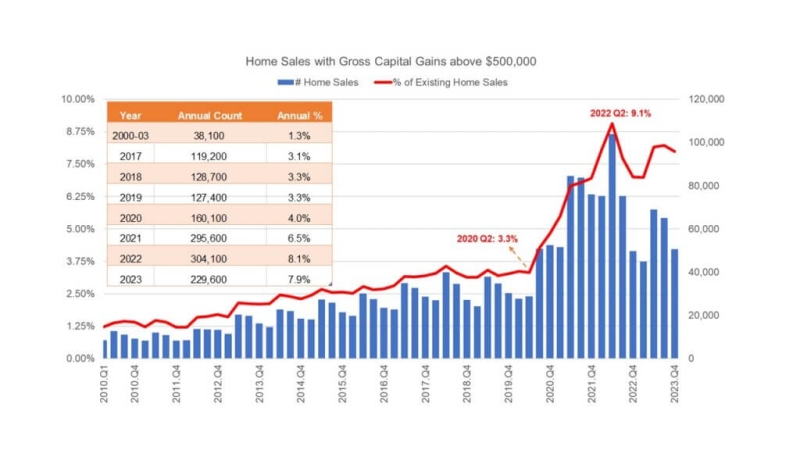
Out of the $46.5 billion in rental aid funds, only $1.7 billion (11%) have been distributed by local and state governments.
- Out of the $46.5 billion in rental aid funds, only $1.7 billion (11%) have been distributed by local and state governments.
- Landlords who were aware of the rental assistance and suffered losses from their tenants not being able to pay rent during the pandemic, only 14% bothered to apply for relief on behalf of their tenants.
- In May, the Urban Institute partnered with Avail, an online platform that serves smaller landlords, to survey more than 1,000 landlords and 1,300 of their tenants. Results found that well over half of the tenants and 60% of the landlords were unaware.
- Increasing awareness among tenants and landlords is instrumental towards the new process of distributing funds.
Although there was more than enough Emergency Rental Relief and government funding to avert a wave of evictions amongst eligible renters, the funds have not been distributed quickly enough to those who need it. Out of the $46.5 billion in rental aid funds, only $1.7 billion (11%) have been distributed by local and state governments. In order to start addressing the problem and propose policy solutions, economists Jim Parrott and Mark Zandi from the Urban Institute have written a report, titled “The Race To Save Millions From Eviction.”
First, the report describes the size and scope of the issue. By the end of August, there were seven million households behind on rent, owing a total of $21 billion in back rent, utilities, and late fees. Still, not all of these renters are at immediate risk of eviction. Some will make up their back rent or make payment arrangements with their landlords, while many others are protected by state policies. Six states and the District of Columbia have their own state bans, and ten states have policies that divert delinquent renters into alternatives like mediation or arbitration.
That being said, Urban Institute estimates approximately 2.6 million renter households will face imminent eviction without some sort of assistance. By the start of next year, that figure is expected to increase to three million as state moratoriums expire and alternatives run out of options. Regions will be impacted disparately, with the most likely evictions expected to take place in Florida, New York, North Carolina and Texas.
The U.S. Treasury Department, responsible for allocating the relief funds, is not to blame for this catastrophe. Rather, the report has presented two factors contributing to the issues in distributing the relief funds. The first is well-intentioned rules stalling the application process, and the second is a lack of awareness or interest on the part of some renters and landlords.
The U.S. Treasury Department did its part in allocating funds to states and other grantees, but many of the latter have struggled to get relief passed onto renters in need. The primary limitation for renters to become eligible for assistance is having an income below 80% of the area’s median income. Therefore, grantees must ask and verify the income for every eligible renter, but can accept a renter’s attestation where they are unable to do so. However, most grantees have added additional steps to the process, either because they are unaware they’re unnecessary or because they are exercising extra caution. Grantees have also added additional obligations for landlords who accept relief, which in turn, dissuades them from even applying.
Grantees did try to speed up the distribution process this past summer, before the moratorium would expire. In the spring of 2021, grantees were getting relief into the hands of 100,000 renters per month, but by the summer they had begun to reach about 350,000 renters per month. Even so, if grantees maintain this pace through November, 1.5 million of the 2.5 million at-risk renters eligible for assistance will be nonetheless evicted. If, instead, policymakers could accelerate the pace of distribution to reach 600,000 eligible renters per month, then they could cut the number of evictions in this group by nearly half.
The second factor that’s preventing renters from receiving relief is a lack of awareness or interest on the part of some landlords and renters. In May, the Urban Institute partnered with Avail, an online platform that serves smaller landlords, to survey more than 1,000 landlords and 1,300 of their tenants. Results found that well over half of the tenants and 60% of the landlords were unaware of the relief available to them.
Additionally, landlords who were aware of the rental assistance and suffered losses from their tenants not being able to pay rent during the pandemic, only 14% bothered to apply for relief on behalf of their tenants.
The lack of interest among landlords is largely driven by their uneasiness with how the program works. A large amount were unclear about who is eligible and how the payments are to be received. Others were wary about the additional obligations grantees had set in place (particularly where they prohibited landlords who had accepted relief to cover back rent from evicting tenants who continued not to pay going forward).
Another reason why landlords might be dissuaded from accepting rental relief is competition from other tenants. Why should landlords go through the trouble of helping a struggling tenant when there is a line of prospective tenants around the block that are less risky and willing to pay higher rent? The current shortage of affordable homes and low vacancy rates are nearing WWII lows, which inflates the price of rent and allows landlords to make a pretty penny by accepting new tenants.
Increasing awareness among tenants and landlords is instrumental towards the new process of distributing funds. Now grantees can partner with local nonprofits, who are the best resources for advocating these types of programs. Additionally, the U.S. Treasury has reiterated that grantees can rely on the renter’s attestation alone for much of the information required, including income.
The consequence of expediting the distribution process is that it increases the odds of some money landing in the wrong hands. The department has decided that this is not only acceptable, but preferable, and grantees will have to accept the scrutiny of their inevitable mistakes. After all, this is better than the alternative, which is having unnecessary evictions in your state.
Economists Zandi and Parrot also recommend the U.S. Treasury to consider developing its own distribution platform, which struggling grantees could use in part or in entirety depending on their need. This would force grantees to adopt one singular streamlined process in exchange for a source that helps identify eligible landlords and renters.
Lastly, the report suggests policymakers should decide what to do with remaining rental assistance funds that are not needed to help the target population. An estimated $25 billion will remain to address additional housing needs.
In the conclusion of the report, it states “While Congress has given grantees considerable flexibility in using this funding, policymakers should deploy some of what remains to build a more effective infrastructure for helping distressed renters in the years to come, one that builds on the lessons learned here to expand and standardize best practices for reducing the risk and pain of eviction.”




